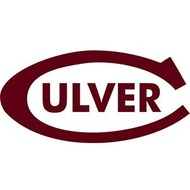Stream Profile Activity
(View Complete Item Description)In this activity, students use elevation and distance data to construct graphic profiles and determine the average gradients for three streams. A series of discussion questions addresses concepts of deposition, erosion, and nickpoints, and gives students practice compiling evidence to provide scientific explanations. Graphs can be constructed by hand on paper or generated using graphing software.
Material Type: Activity/Lab, Interactive














